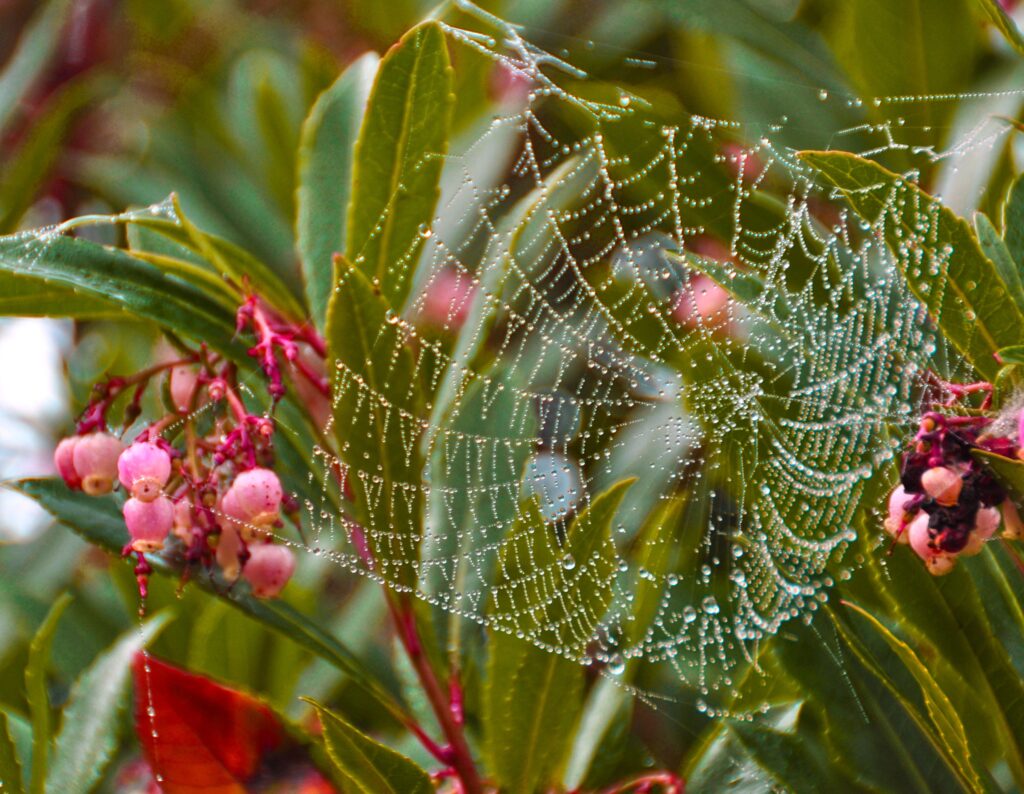Nature writing itself may be blooming right now, but even when we’re writing fiction or memoir, the natural world, and our (or our character’s) relationship with it, is fundamentally important. Personally, I cannot even get started on a story unless I know what season it is, what’s going on out there. In places with changing and changeable seasons, like the UK, our daily lives are powerfully influenced by weather, light, temperature, and the presence of bugs, pollen, verdant growth or bare branches. At times the only impact might seem to be on those small daily decisions – where to walk the dog, whether to bother with sunscreen – but our experience of the world, and our mood as we move through it, is constantly shaped by what’s ‘out there’, even when we’re not looking. When we do look, though, as so many more people seem to have done over the past 18 months, magical things can happen.
Noticing is part of being a writer, and the natural world can prompt us to think, feel, and connect without other pesky humans to consider as we do. Not everything we notice will be enchanting – this year’s seasons in the UK and elsewhere have been alarming at times, to say the least – but making that connection, through recognition, acknowledgement, simple awareness, can be a source of nourishment for our imaginations. For me, little things like learning a single birdsong, or the folklore of an abundant wildflower, is not just satisfying in a nerdy way, but prompts imaginings. How have other humans heard that song, and what did it signify to them? Will it be only a corroded memory thirty years from now, or will I hear it again and remember the first time I could say which bird sang? What might that song mean to someone entirely different from me?
Stephen Moss captured the extraordinary lockdown spring of 2020 in his latest book, Skylarks with Rosie: A Somerset Spring, but it is another recent book of his (with Brett Westwood), Wonderland: A Year of Britain’s Wildlife Day by Day, that I turn to for seasonal inspiration. An observation a day is something that feels manageable even for us non-experts, and so this book is, by design, welcoming. Open it up on any day of the year, and you’ll read about something that is likely out there, right now, not far away. This format encourages us to notice, and appreciate, familiar characters in the natural world that we already know – woodlice, a horse chestnut tree, bluebells – whilst seducing us with the lesser known: bee-wolves, pygmy shrews, sword-leaved helleborines.
Stephen’s down-to-earth (pardon the pun) style makes his encounters feel accessible, both magical but perfectly possible on an ordinary day. Rather than feeling excluded from a kind of elevated wonder available only to the specialist, his moments of noticing encourage me to look and think. They spur me on to such small wonders as naming a wild plant by a path. To this end, I photograph flowers and leaves and use the brilliant Plant Net app to find their names. My most recent discovery was the name ‘bastard cabbage’ for a yellow wildflower. The less romantic the better!
Sometimes I think we can feel pressured to find and articulate the meaning in an encounter, especially one with nature, when we’re writing about it. But I like to think that time, and the memory-web of other experiences, are also ingredients in that meaning. How spring 2020 felt at the time, and how moments in that period look to us now, can be wildly different. Under a gigantic metaphorical cloud, we basked in unusual bouts of warmth and sunshine, marched out on our daily walks or gardened like maniacs. My brief but intense obsession with growing things from seed (I was not the only one) brought both frustration and satisfaction. With those plants now grown up and sprawling, frost-bitten and etiolated, in the embattled flowerbed, I can interpret my seed-mania in all sorts of unflattering, apocalyptic or comical ways. The minor moments of the past year start to take on a shape, and that is how stories begin.
Writing about our encounters with the natural world, however brief the scribble, can flex the descriptive muscles, but also help us build up a store of moments, each with a sleeping seed of meaning within that might poke through given time and the right context. Most of all, it means noticing, paying attention, being a writer even when we’re idling in the long grass.
You can find out more about Stephen Moss’s Live Online masterclass for London Lit Lab by clicking the link:
Capturing the Moment: Experimenting with Nature Writing
London Lit Lab Recommends
Zoe: as well as Stephen Moss’s nonfiction books mentioned above (and his many others!), I’d recommend any of Melissa Harrison’s novels for the way they blend nature writing into fiction. Other novels that conjure the natural landscape as they explore the lives of humans within it, and which I also love, include Orkney by Amy Sackville, Swansong by Kerry Andrew, Lanny by Max Porter, Ghost Wall by Sarah Moss, and The Sea, The Sea by Iris Murdoch.
Lily: I also love The Sea, The Sea, and Lanny – both for the surprising, slightly off kilter descriptions of nature and those people who live in it, but a book I’ve read recently that so beautifully captures a deep respect of nature as a respite from troubling childhood trauma, is Thin Places by Kerri ni Dochartaigh, part memoir, part political history and commentary, part nature writing.
Ennis: Ammonite by Nicola Griffith, a sci-fi novel about leaving behind the claustrophobic metal spaceship life, to cohabit and adapt on an alien world. Spinning Silver by Naomi Novik taking aspects of the Rumpelstiltskin fairy tale and mixing it with Jewish themes in a fantasy setting with snowy woods.

